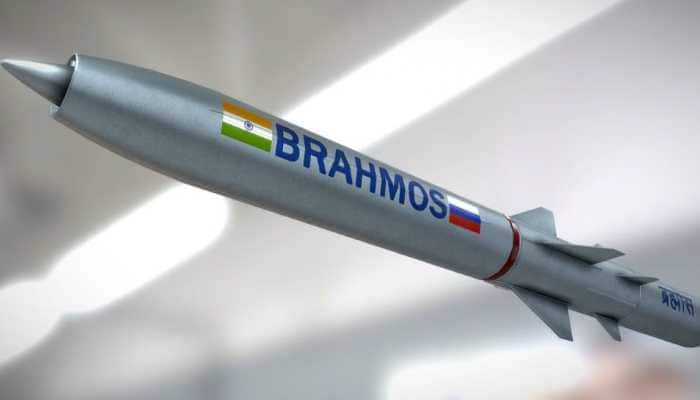This image from NASA's Mars Reconnaissance Orbiter shows a streamlined form in Lethe Vallis – See pic!
The image was acquired at 15:16 local Mars time on May 6, 2016, by the High Resolution Imaging Science Experiment (HiRISE) camera on NASA's Mars Reconnaissance Orbiter.
Trending Photos
) Image credit: NASA/JPL/University of Arizona
Image credit: NASA/JPL/University of Arizona New Delhi: NASA has released a new image taken by the Mars Reconnaissance Orbiter (MRO) that shows a portion of Lethe Vallis, an outflow channel that also transported lava.
The image was acquired at 15:16 local Mars time on May 6, 2016, by the High Resolution Imaging Science Experiment (HiRISE) camera on NASA's Mars Reconnaissance Orbiter.
As per NASA, this is one of only a few places on Mars where these pristine-appearing landforms have been identified.
The channel formed by catastrophic floods, during which it produced the prominent crater-cored, teardrop-shaped island in the middle. The island has the blunter end pointing upstream and the long tail pointing downstream.
Both the island and the fluvial dunes were formed by these extreme floods and their size is an indicator of the enormous discharges required to create them, write Henrik Hargitai and Ginny Gulick on NASA official website.
They say the dark materials from the channel and island walls are probably dark sand being eroded from an underlying horizontal basaltic (lava) layer. The crater at the core of the island has elongated dunes and reticulate dust ridges inside.
Thus, this single image contains features formed by periglacial, volcanic, fluvial, impact, aeolian and mass wasting processes, all in one place.
Lethe Vallis is a valley in the Elysium quadrangle of Mars, and is named after a river in Katmai National Monument, Alaska, USA.
The Mars Reconnaissance Orbiter, launched August 12, 2005, is on a search for evidence that water persisted on the surface of Mars for a long period of time. MRO contains a host of scientific instruments - cameras, spectrometers, and radar - which are used to analyze the landforms,stratigraphy, minerals, and ice of Mars.
Stay informed on all the latest news, real-time breaking news updates, and follow all the important headlines in india news and world News on Zee News.
Live Tv







)
)
)
)
)
)
)
)
)
)
